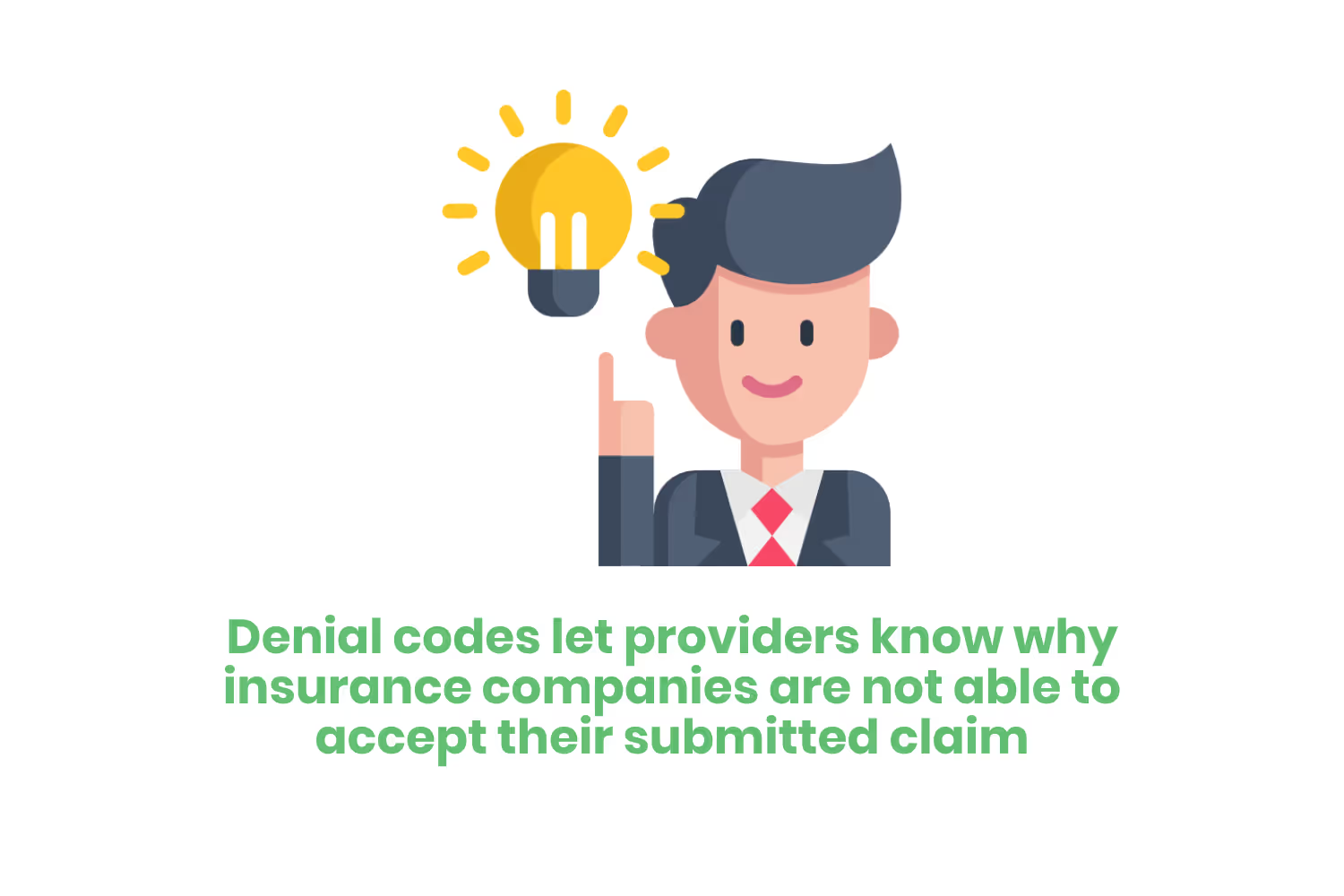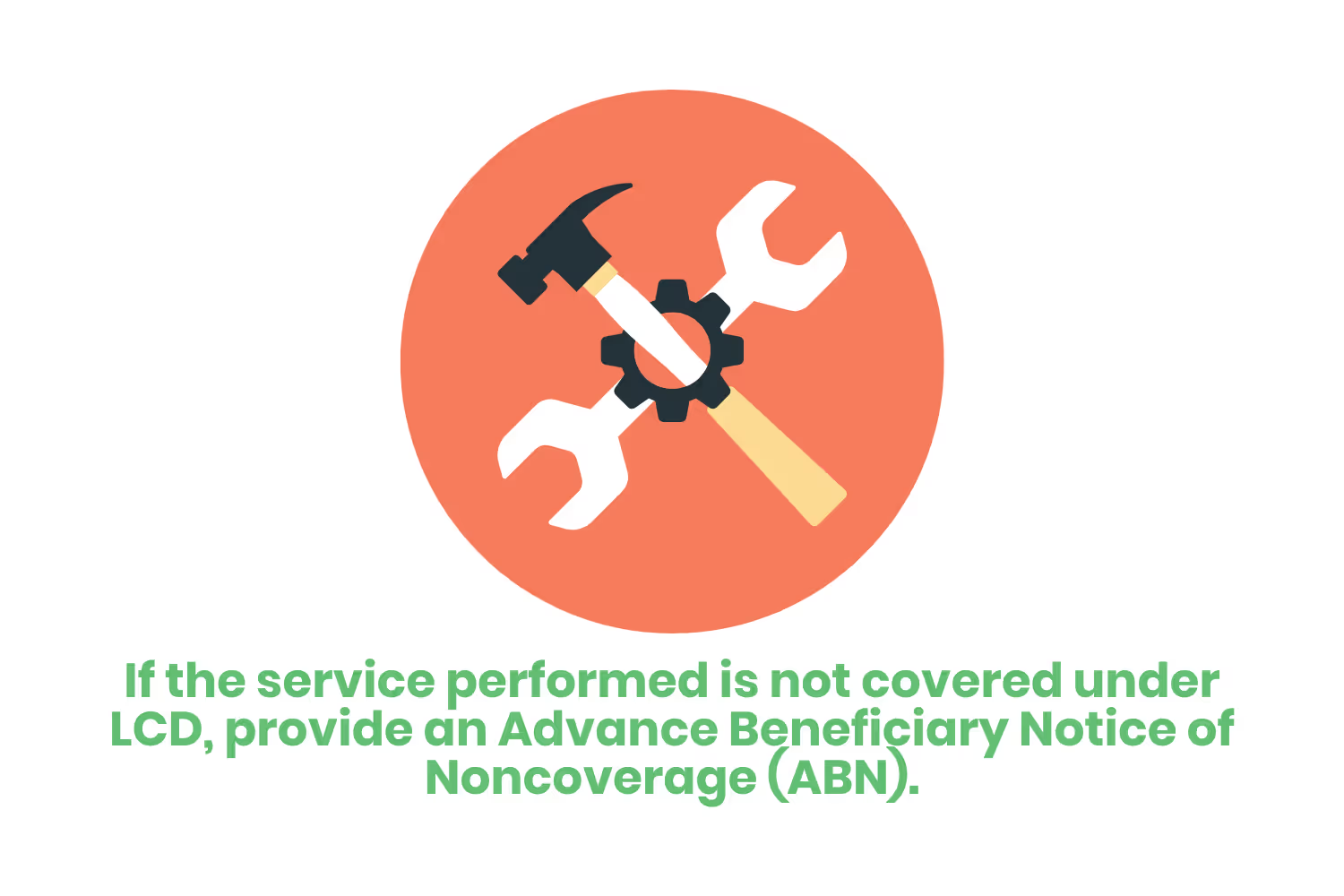Denial Code CO 151: An Ultimate Guide
One denial code that we see healthcare providers running into frequently is CO 151. In this blog, we will delve into what the denial code means, some common causes, steps you can take to fix it, and how to prevent from running into it again.

Medical billing and coding is an important piece of the revenue cycle puzzle. Ironically enough, coding errors are the top-rated concern for hospital reimbursement leaders. The top concerns for claim denials are as follows:
- Coding 32%
- Medical Necessity Acute IP 30%
- Front-End 20%
- Clinical Validation Denials 18%
The good news is that approximately 34% of claim denials are absolutely avoidable, with about 86% of them being potentially avoidable. That is if you play your cards right and take the right precautions.
What do I mean by precautions? Proper training for your staff, staying up to date with industry standards and reforms, and utilizing third-party clearinghouse systems are just a few essential tools you should have in your medical billing tool belt. The heavier your toolbelt, the better your defense is against high claim denial rates.

They say work smarter, not harder, and I’d have to say I agree with that sentiment! Having a secure structure in place to assist your company in managing different areas of your billing ecosystem can save you time and money.
For instance, claim scrubbing is a service offered by experienced clearinghouse organizations that catch mistakes before you submit a claim to an insurance payer. This tool is great for catching those pesky front-end denials, allowing you to fix errors in real-time instead of waiting days to hear back from your insurance payer.
But that’s only one part of the equation. The other part comes down to understanding the different denial codes and what they stand for. The better acquainted you and your team are with common denial codes, the less likely you will run into them.
One denial code that we see healthcare providers running into frequently is CO 151. In this blog, we will delve into what the denial code means, some common causes, steps you can take to fix it, and how to prevent from running into it again.
What are Denial Codes?
If you aren’t already well-versed in the medical billing and coding field, some of this lingo may sound a bit foreign to you. Let me bring you back to the basics for a moment. Denial codes let providers know why insurance companies are not able to accept their submitted claims.
They may seem like a bad thing, and trust me you don’t want to start collecting denial codes as a hobby, but they can be a valuable lesson to learn from. These codes hold valuable information that can not only help you get the claim processed properly but can help you avoid coding mistakes down the road.
Reasons as to why an insurance company rejects a claim can vary… and because there are hundreds of reasons, insurance companies follow a standard format. This of course makes it easier on medical providers when it comes to filing claims.

A Claim Adjustment Reason Code (CARC) is the name of the standardized format insurance companies use to explain the reason for a claim denial. These are useful when determining claim financial adjustments. If the payer does not make any adjustments to the claim, there won't be a CARC.
These CARC descriptions are readily available in the electronic remittance advice (ERA) section and the explanation of benefits (EOB).
Just like CARCs explain the applied financial adjustments in a claim, Claim Adjustment Group Codes (CAGC) explain who is financially responsible for an unpaid amount of a claim balance. CAGCs have codes represented by two alphanumeric numbers:
- Contractual Obligation (CO)
- Patient Responsibility (PR)
- Other Adjustment (OA)
- Patient Initiated Reduction (PI)
- Corrections and/or Reversal (CR)
So this means that the “CO” in CO 151 stands for “Contractual Obligation”. This particular CAGC is a valid contract between a healthcare provider and an insurance company. The contract defines the agreement between both parties on what services they will cover. Note that this CAGC makes it so providers are unable to assign financial responsibility to the patient.
What is Denial Code CO 151?
So, now that you know a bit more about denial codes, what exactly does CO 151 mean? It means that the payer finds that the information submitted in the claim doesn’t support the frequency of services. In other words, a provider performs a service more times than the patient’s coverage allows.
With this particular CARC, a Remittance Advice Remark Code (RARC) is also included on the ERA form. RARCs are great when it comes to providing additional information regarding an adjustment given by a CARC.

Remark Code N115 couples with CO 151, and it means that the decision is due to the Local Coverage Determination (LCD). Let’s take a look at a few common reasons for denial code CO 151:
- According to the LCD, policy frequency limits under the maximum allotment.
- In the beneficiary’s history, the service billed is the same or similar to a service already received.
- There are incomplete or insufficient medical records. These can result in a denial due to the fact that it becomes difficult to demonstrate the necessity of the service or item billed.
- Based on the related LCD, there is a date span overlap. Or there is overutilization.
- Policy Limitations: Depending on the insurance plan, there are specific limitations that may cause a denial for certain services or procedures. Sometimes, there may be a denial for services and/or procedures, even if they are medically necessary.
How to Fix CO 151
CO 151 can be a tricky denial code to work with, but don’t let that discourage you! There are a few actions you can take in order to have your claim processed. First, look over your claim to check for any frequency limits listed in LCD. You can either adjust the amounts or appeal the claim with the proper documentation to support the medical necessity.
You can also check the Medically Unlikely Edit (MUE) tool developed by the Centers for Medicare and Medicaid Services. This provides information on the maximum allowable units of a service that a provider might report in most circumstances. This applies to a single beneficiary on a single date of service.
You can also adjust the date span based on the records available to the supplier.
Make sure questions on Certificate of Medical Necessity (CMN) are qualifying. This is only required for dates of service before January 1, 2023.
If none of the above actions are successful, you may submit a redetermination request including all relevant supporting documentation as to why the number of services or procedures is necessary. Review Local Coverage Determination before submitting your request.
How to Avoid Future Denials
After all of that, you’re probably not going to want to see another CO 151 denial code for a long time! Lucky for you, we have compiled some tips and practices for you to consider when reviewing your medical coding checklist.
- Check the LCD prior to service to determine patient eligibility and frequency guidelines. If the service performed is not covered under these guidelines, provide an Advance Beneficiary Notice of Noncoverage (ABN).
- Review any prior claim submissions and/or date spans.
- LCD Request Process. Request changes to an existing LCD with the appropriate documentation and evidence.
- Check for the maximum units of service a provider would report under the Medically Unlikely Edit (MUE) tool. More specifically, what a provider would report under most circumstances and for a single beneficiary, on a single date of service.

Conclusion
By understanding the causes of claim denials and the codes that define them, you can begin to avoid some of the more common ones. By doing this, you can enhance your chances of successful claim submissions and decrease your denial rates.
By communicating successfully with both healthcare providers and insurance companies, you can continue to collect revenue in a timely manner for your practice, allowing for the best outcome for patients and providers alike!
Emphasize your product's unique features or benefits to differentiate it from competitors
In nec dictum adipiscing pharetra enim etiam scelerisque dolor purus ipsum egestas cursus vulputate arcu egestas ut eu sed mollis consectetur mattis pharetra curabitur et maecenas in mattis fames consectetur ipsum quis risus mauris aliquam ornare nisl purus at ipsum nulla accumsan consectetur vestibulum suspendisse aliquam condimentum scelerisque lacinia pellentesque vestibulum condimentum turpis ligula pharetra dictum sapien facilisis sapien at sagittis et cursus congue.
- Pharetra curabitur et maecenas in mattis fames consectetur ipsum quis risus.
- Justo urna nisi auctor consequat consectetur dolor lectus blandit.
- Eget egestas volutpat lacinia vestibulum vitae mattis hendrerit.
- Ornare elit odio tellus orci bibendum dictum id sem congue enim amet diam.
Incorporate statistics or specific numbers to highlight the effectiveness or popularity of your offering
Convallis pellentesque ullamcorper sapien sed tristique fermentum proin amet quam tincidunt feugiat vitae neque quisque odio ut pellentesque ac mauris eget lectus. Pretium arcu turpis lacus sapien sit at eu sapien duis magna nunc nibh nam non ut nibh ultrices ultrices elementum egestas enim nisl sed cursus pellentesque sit dignissim enim euismod sit et convallis sed pelis viverra quam at nisl sit pharetra enim nisl nec vestibulum posuere in volutpat sed blandit neque risus.

Use time-sensitive language to encourage immediate action, such as "Limited Time Offer
Feugiat vitae neque quisque odio ut pellentesque ac mauris eget lectus. Pretium arcu turpis lacus sapien sit at eu sapien duis magna nunc nibh nam non ut nibh ultrices ultrices elementum egestas enim nisl sed cursus pellentesque sit dignissim enim euismod sit et convallis sed pelis viverra quam at nisl sit pharetra enim nisl nec vestibulum posuere in volutpat sed blandit neque risus.
- Pharetra curabitur et maecenas in mattis fames consectetur ipsum quis risus.
- Justo urna nisi auctor consequat consectetur dolor lectus blandit.
- Eget egestas volutpat lacinia vestibulum vitae mattis hendrerit.
- Ornare elit odio tellus orci bibendum dictum id sem congue enim amet diam.
Address customer pain points directly by showing how your product solves their problems
Feugiat vitae neque quisque odio ut pellentesque ac mauris eget lectus. Pretium arcu turpis lacus sapien sit at eu sapien duis magna nunc nibh nam non ut nibh ultrices ultrices elementum egestas enim nisl sed cursus pellentesque sit dignissim enim euismod sit et convallis sed pelis viverra quam at nisl sit pharetra enim nisl nec vestibulum posuere in volutpat sed blandit neque risus.
Vel etiam vel amet aenean eget in habitasse nunc duis tellus sem turpis risus aliquam ac volutpat tellus eu faucibus ullamcorper.
Tailor titles to your ideal customer segment using phrases like "Designed for Busy Professionals
Sed pretium id nibh id sit felis vitae volutpat volutpat adipiscing at sodales neque lectus mi phasellus commodo at elit suspendisse ornare faucibus lectus purus viverra in nec aliquet commodo et sed sed nisi tempor mi pellentesque arcu viverra pretium duis enim vulputate dignissim etiam ultrices vitae neque urna proin nibh diam turpis augue lacus.




